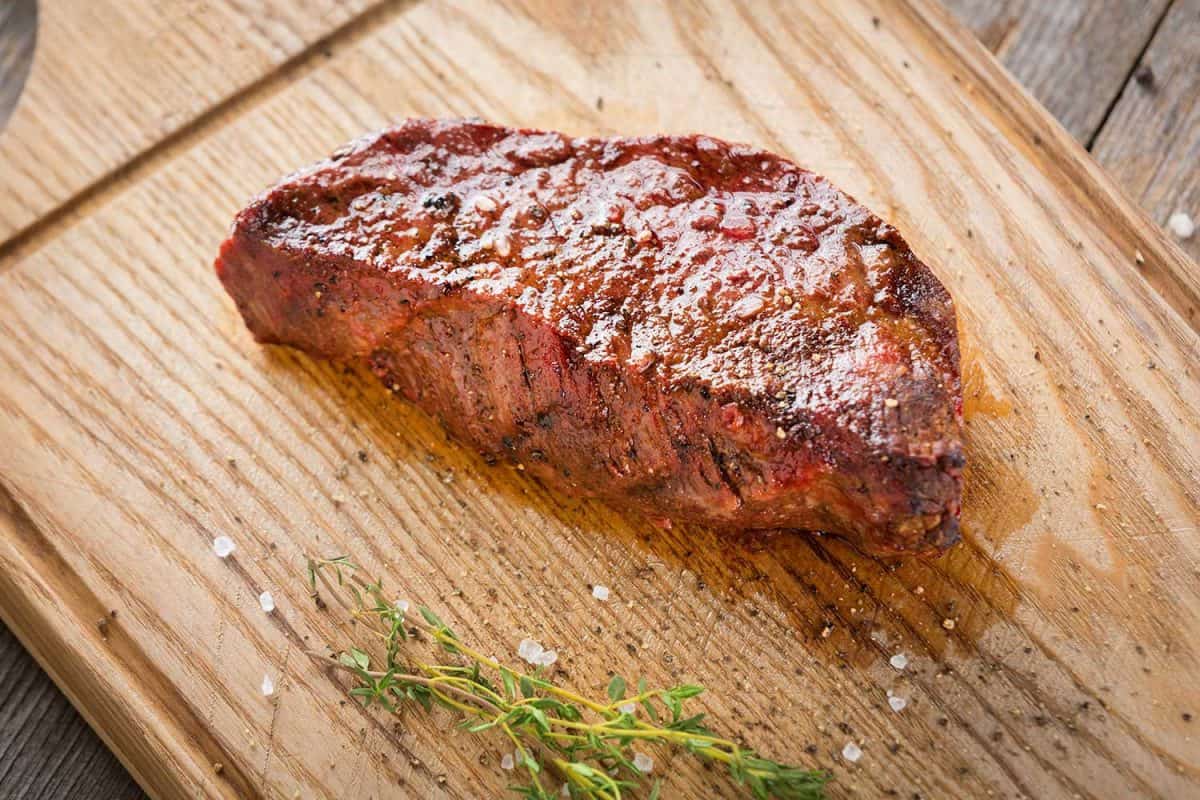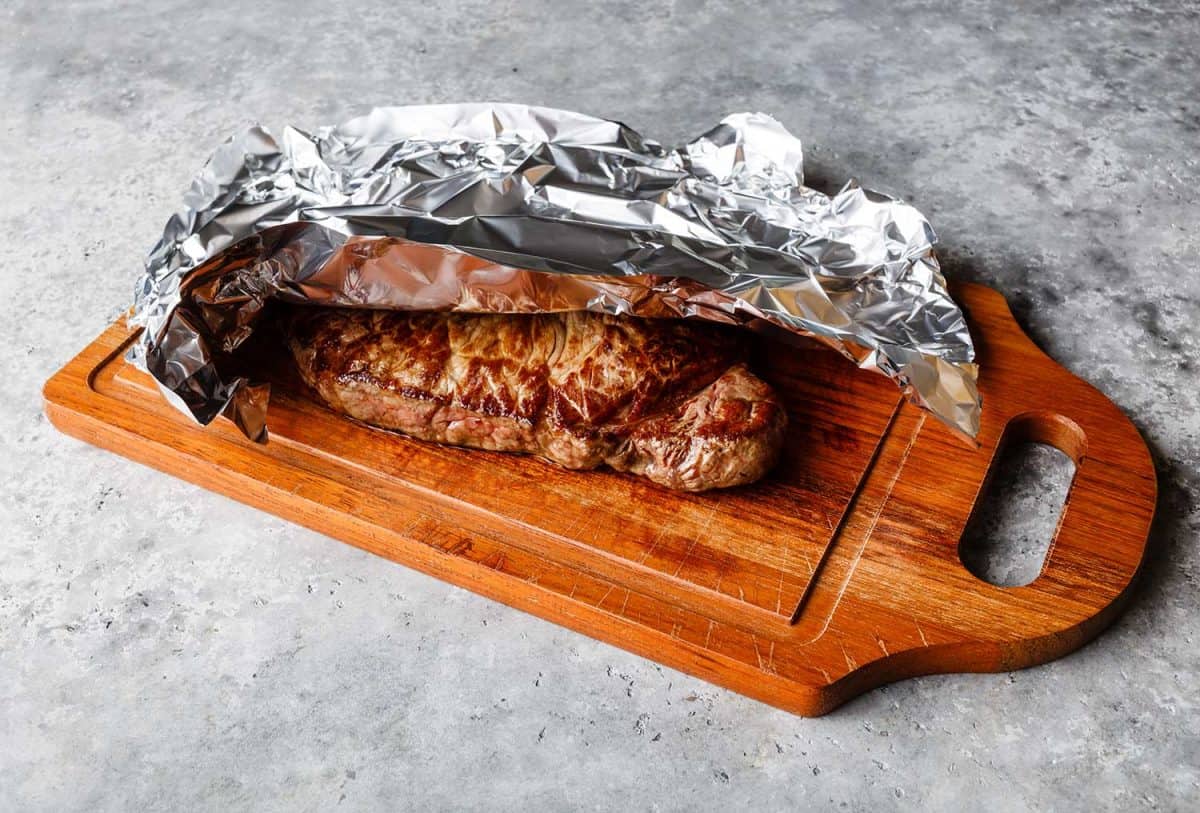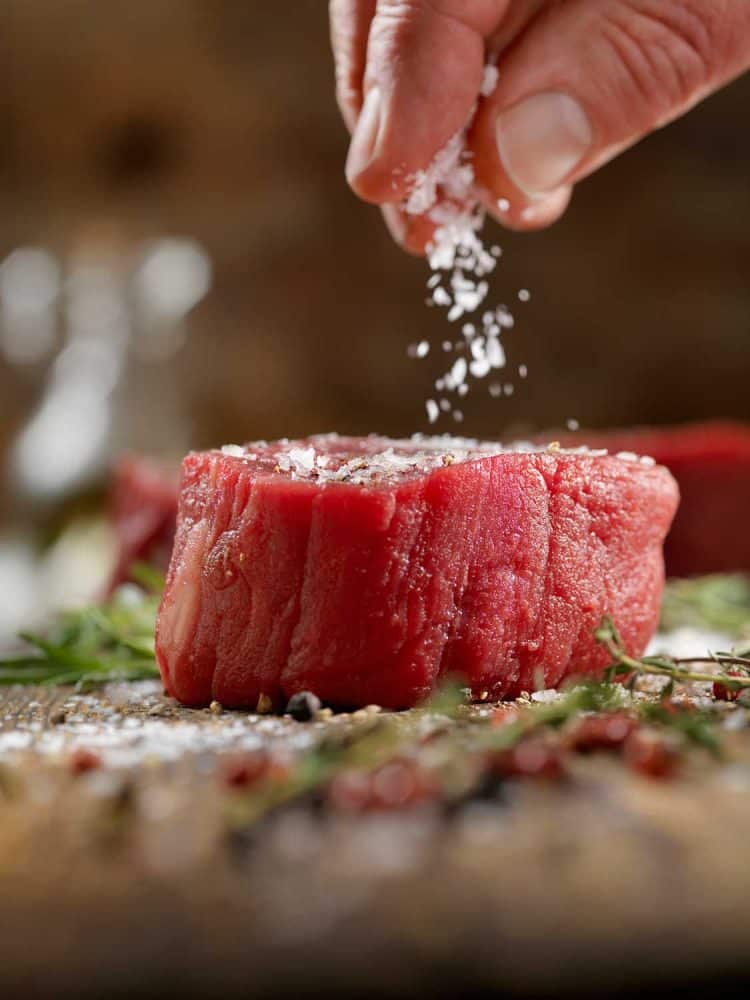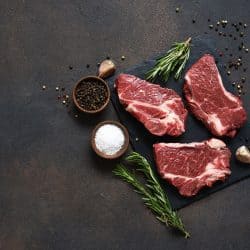A perfectly cooked steak can be one of the most delicious dinners. People make one big mistake when cooking meat because they won't allow the meat to rest after cooking, letting all of the succulent juices leave the meat. We've researched how long to rest the perfect steak and everything you need to know to keep your meat juicy.
There are a couple of ways to judge how long to reset your steak. Rest it for five minutes for each inch of thickness or ten minutes for each pound of meat per piece. Usually, you can let a thick cut rest for ten minutes. Your meat will still cook slightly while resting, so factor that minor bit into your cooking time for the right temperature.
So we know that we should rest a steak after cooking and have some guidelines for how long it should rest. We encourage you to continue reading the article, as we will explain resting meat in further detail. We will also answer some common questions and give you some tips on things to avoid doing when cooking your steak.
![Seasoning raw fillet mignon steaks, How Long Do You Rest Steak? [And Does It Keep Cooking When Resting?]](https://kitchenseer.com/wp-content/uploads/2021/04/How-Long-Do-You-Rest-Steak-667x1000.png)
The Importance of Resting Steaks
Any chef worth their salt knows to rest meat before serving. If you don't let the meat rest, the juice will flow out when you cut into it. This is true for all meats, not just steaks. To get the juiciest meat, you need to allow it to rest.
Forgetting to rest your steak can ruin the meat you're working with, especially on prime cuts. Without resting your meat, you end up with a much drier piece. Overall, you end up with a much higher quality piece of meat than if you decided not to rest it. In short, it's important because it increased the quality of your meal.
What Happens to the Steak When You Rest It?
In short, resting a steak lets the juices spread out. The muscle relaxes and stops constricting the juice. All of the juices can then spread out through the steak and toward the edges. When you cut into the steak, the juices won't all spill out and dry the rest of the meat, thanks to this. It also makes your steak more evenly cooked and evenly juicy.
How Much Does the Steak's Temperature Rise While Resting?
Even if you're cooking small steaks, the internal temperature will rise at least 3 or 4 degrees while it rests. The final internal temperature determines its doneness. It's important to note, the fact that the temperature rises means that the steak does continue cooking during the resting process. Factoring this into your cooking time gets the perfect temperature.
Can Steak Rest Too Long?

You can rest a steak for too long. If it's too tightly covered for too long, you can overcook it and dry it out. Other than that, the main risk is that your steak will get cold. It's always better to let it rest too little than too much, as losing some juice is better than eating a cold steak. However, using the guidelines from this article should keep you from over resting your meat.
For more ways to cook steak, check out our article "Can You Cook A Steak In A Nonstick Pan?"
How Do You Rest A Steak Without It Going Cold?

The best way to rest a steak is to keep it warm. You don't want to keep cooking it but keeping it from getting cold keeps you from risking food poisoning or ruining dinner. You have a few options to keep your steaks from going cold during the resting process.
The easiest way to keep steaks warm is to cover them. Whether you rest them on a cutting board, baking pan, or sheet, covering them keeps them from losing too much heat. Aluminum foil works best, and wrapping will keep your steaks from getting cold.
You can also keep the steaks warm in your oven. Many ovens have a warming shelf located under the actual oven. Placing your steaks there will keep them warm, but be careful if your stove was hot that it doesn't overcook them.
How Do You Keep A Cooked Steak Juicy?

Resting it. Quite simply, resting a steak is the best way to keep your steak juicy while cooking it. For all the reasons we've discussed, a rested steak will spread juice more evenly and lose less when you cut it.
Alternatively, you can help cook juicier steaks with a few different techniques. One of the best ways is to sear the steak in a pan on high heat. After cooking for 3 to 4 minutes on each side, take the steak out of the pan and put it into an oven at 450 degrees. Cooking times vary based on how well done you want to cook it, but this cooking process combined with resting your steak makes an excellent piece of meat. For the best oils for searing steak, check out our article "Which Oil Is Best For Searing Steak?"
If you're going to save a steak for later, make sure to refrigerate it immediately. Don't let your steak sit out on the counter for a long time. It can begin growing bacteria that won't be killed when you reheat it. Instead, cool it quickly in your fridge to avoid that bacterial growth and a case of food poisoning.
For Best Results to Rest a Steak

Don't use a meat thermometer on your steaks. Puncturing the meat with an internal thermometer will cause all of the juice to come out during the resting process. Instead, use researched cooking times and then do a final check after you've rested your steaks.
Don't rest your steak on your counter in the open air. You might not lose all the juice, but it'll go cold. Make sure you cover your steaks when you rest them.
Make sure you don't oversalt your meat. The salt draws out moisture, especially before cooking. You can end up with a salty, dry piece of meat.
Defrost your steak in the refrigerator or in cool water. If you use hot water, the steak will heat up quickly and absorb water. This doesn't make it juicier, just harder to cook and less flavorful.
Don't put your steak in the refrigerator uncovered. While you want to cool off uneaten meat quickly, the process can dry out your meat. Either put it in an airtight container or bag when you save your leftovers.
Don't cut your meat right away. We've talked about this and how it's important to rest your meat, but you want to avoid puncturing the meat in any way until after it has rested. Any punctures can let all of the flavorful juices flow out of the meat and make it less appetizing.
How Long To Rest Steak
Remember to always rest your meat after cooking! A good rule of thumb is five minutes per inch of steak thickness. After reading through this article, you should be ready to cook steak like a pro chef.





![Raw organic marbled beef steaks with spices on a wooden cutting board on a black slate, stone or concrete background, Should You Always Marinate Steak? [Inc. 11 Awesome Steak Marinade Ideas]](https://kitchenseer.com/wp-content/uploads/2021/04/Raw-organic-marbled-beef-steaks-with-spices-on-a-wooden-cutting-board-on-a-black-slate-stone-or-concrete-backgroun-250x250.jpg)
